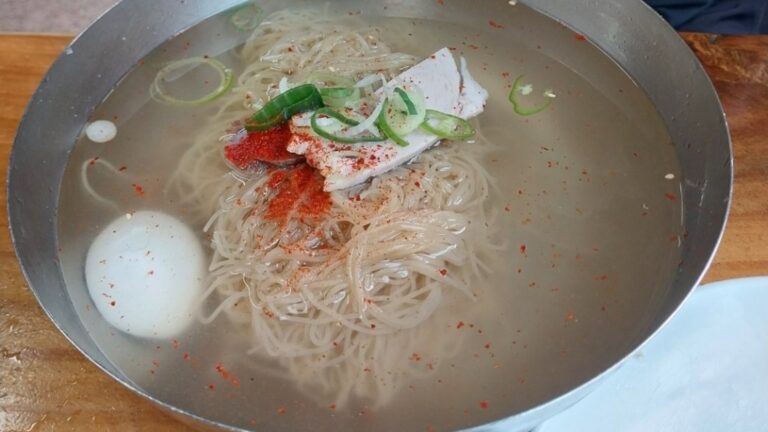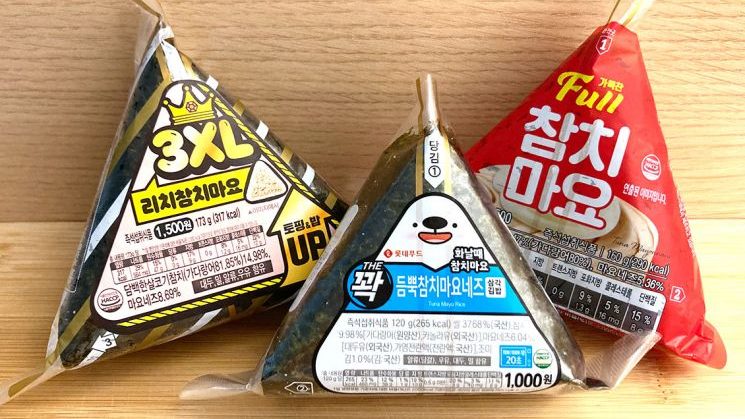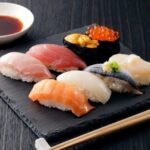Hello!
In this article, we’ll introduce one of Korea’s most popular stamina-boosting dishes for the hot summer season — eel dishes (Jangeo-yori).
While Japan also has a tradition of eating eel in summer, in Korea, both saltwater eel and freshwater eel are enjoyed, each with its own distinct cooking styles and flavors.
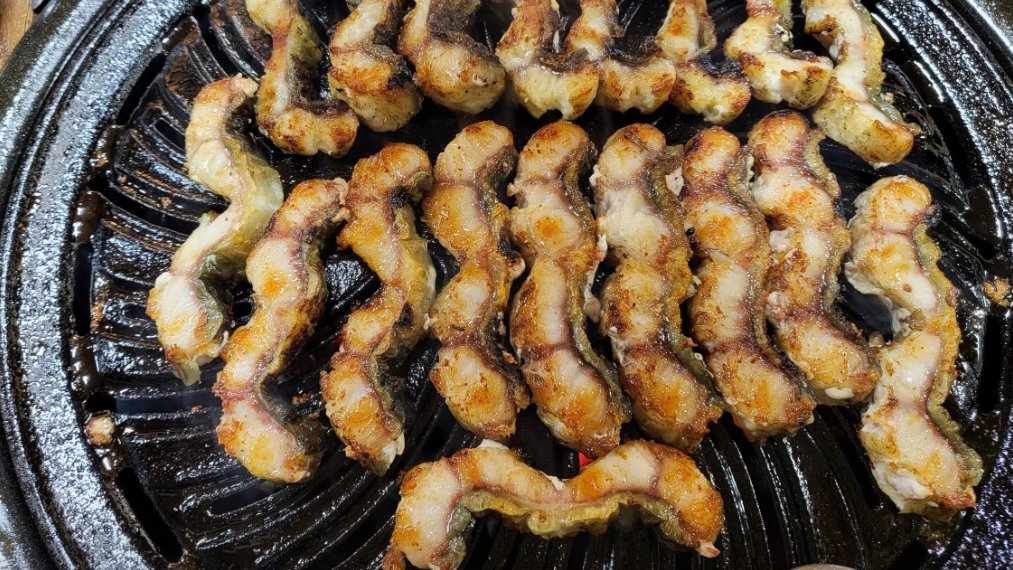
In this guide, we’ll cover the following topics in detail:
- Characteristics of Korean eel dishes
- Differences between saltwater and freshwater eel
- How Korean eel dishes differ from Japanese ones
- Famous eel restaurant areas in Seoul, Busan, and Tongyeong
Korea’s Ultimate Summer Stamina Food: Eel Dishes (Jangeo-yori)
In Korea, during the hot summer season, many people eat boyangshik — energy-boosting dishes — to stay healthy and recharge during the Sambok (삼복) period, which consists of Chobok (初伏), Jungbok (中伏), and Malbok (末伏).
Alongside samgyetang (ginseng chicken soup) and mudfish stew, eel dishes are among the most popular choices for summer.
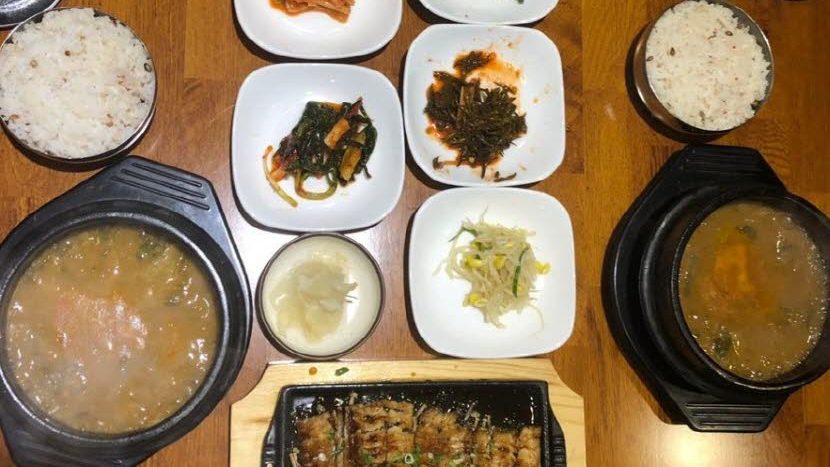
Eel is high in protein, low in fat, and rich in vitamins A and B. It helps relieve fatigue, restores energy, and is light enough to enjoy even in hot weather.
Saltwater Eel vs. Freshwater Eel
In Korea, people clearly distinguish between saltwater eel (bada-jangeo) and freshwater eel (minmul-jangeo). Each has a different flavor and cooking style, so you can choose based on your preference.
| Category | Saltwater Eel (海うなぎ) | Freshwater Eel (川うなぎ) |
|---|---|---|
| Habitat | Ocean (South & East Coast) | Rivers, lakes, freshwater |
| Texture | Thinner flesh, fewer bones | Thicker flesh, fattier |
| Flavor | Mild and soft | Rich and savory |
| Common Dishes | Shabu-shabu, grilled with salt, steamed | Charcoal-grilled, marinated, steamed |
Saltwater eel is light and mild, perfect for those with a reduced appetite during hot weather.
Freshwater eel, on the other hand, is richer, fattier, and often considered a true stamina food.
How Korean Eel Dishes Differ from Japanese Ones
In Japan, eel is typically enjoyed as unadon (eel over rice) or kabayaki — grilled with a sweet soy-based sauce.
In Korea, however, it’s more common to eat grilled eel wrapped in vegetables, ssam-style, similar to bulgogi.
| Comparison | Japan | Korea |
|---|---|---|
| Seasoning | Sweet soy-based tare sauce | Salt-grilled, gochujang, or ssamjang |
| Serving Style | Served over rice as a bowl dish | Wrapped in leafy vegetables |
| How It’s Eaten | Eaten directly with chopsticks | Wrapped with garlic, doenjang, and kimchi |
| Cooking Method | Steamed then grilled (Kanto) / Only grilled (Kansai) | Charcoal-grilled, shabu-shabu, or hot pot |
In addition, in Korea, dishes like saltwater eel shabu-shabu and eel hot pot are common, offering a completely different eel experience from Japan.
Top 3 Eel Restaurant Areas in Korea
To enjoy authentic eel dishes, visit regions known for their eel specialty restaurants. Each area tends to focus on either saltwater or freshwater eel, allowing travelers to enjoy both local food and regional culture.
1. Seoul – Seongdong-gu / Eungbong-dong
If you’re craving freshwater eel in Seoul, head to Eungbong-dong.
This area has long been famous for its charcoal-grilled eel restaurants, where you can enjoy tender, smoky eel wrapped in lettuce or perilla leaves.
There’s a wide range of choices — from upscale restaurants to casual spots — making it perfect for anyone in the capital who wants an authentic eel experience.
2. Busan – Haeundae / Gijang
Busan is often called the “home of saltwater eel.” Along the coastline, you’ll find numerous restaurants serving freshly grilled eel over charcoal.
Many places let you enjoy your meal while overlooking the ocean, adding to the experience.
Eel shabu-shabu and hot pot are also available, making it an ideal stop on a summer trip to Busan.
3. Tongyeong – Docheon-dong / Jungang Market Area
The port city of Tongyeong in South Gyeongsang Province is a treasure trove of fresh seafood.
Around Docheon-dong and Jungang Market, you’ll find local-favorite saltwater eel restaurants.
Many shops allow you to pick a live eel directly from a tank before cooking, ensuring incredible freshness at reasonable prices.
Its convenient location near the market makes it easy to stop by while sightseeing.
Summary
Korean eel dishes offer a bold yet health-conscious charm that sets them apart from their Japanese counterparts.
The “ssam-style” of wrapping grilled eel in vegetables provides a light, balanced flavor perfect for midsummer.
Another joy of eating eel in Korea is being able to compare saltwater and freshwater varieties depending on the region.
In particular, Seoul, Busan, and Tongyeong are the best places to experience authentic local eel cuisine.
So this summer, why not embark on a unique gourmet journey through Korea’s world of eel dishes?
Table of Contents



